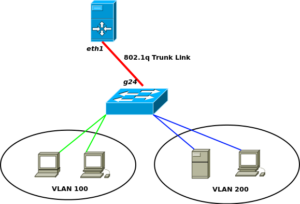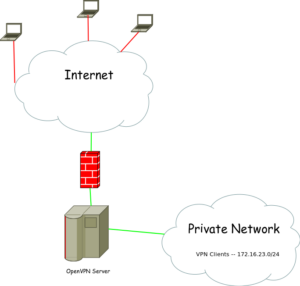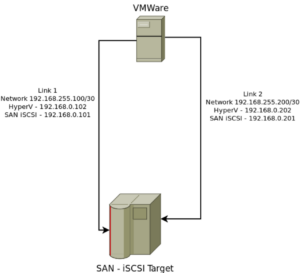I come from a strong BIG IP F5 background and wanted to explorer alternatives to their LTM product line. BIG IP F5 LTMs are their Highly Availability and Load-Balancing network products, see here. They are primarily used as a means to mitigate infrastructure failover across server clusters. How this is done is by use of a floating IP address that is shared between two independent devices, in this case LTMs. One LTM is always active and responds to request for this Floating IP from client devices. In the event of a device failure, the secondary LTM will sense this via a variety of means and take over as the Active LTM. This essentially is how the High-Availability or failover is maintained at an infrastructure connectivity perspective. The second piece to these devices is their load-balancing functionality. Load-balancing has many forms, for this case, we are talking about network service load balancing (pretty much layer 4 and above. This allows more intelligence into the distribution of request to a server farm or cluster.
Now as I stated previously, I was looking into alternative solutions and I came across a GNU free software called keepalived which seemed to do exactly what I needed. Remember their are two pieces I wanted to fullfill as an alternative solution to LTM; it has to be able to maintain Network failover (seamlessly) and provide load-balancing for serivce endpoints. Also, surprisingly, much of the configuration statements in the keepalived.conf look very simlar to F5 LTM bigip.conf file.
Continue reading…



